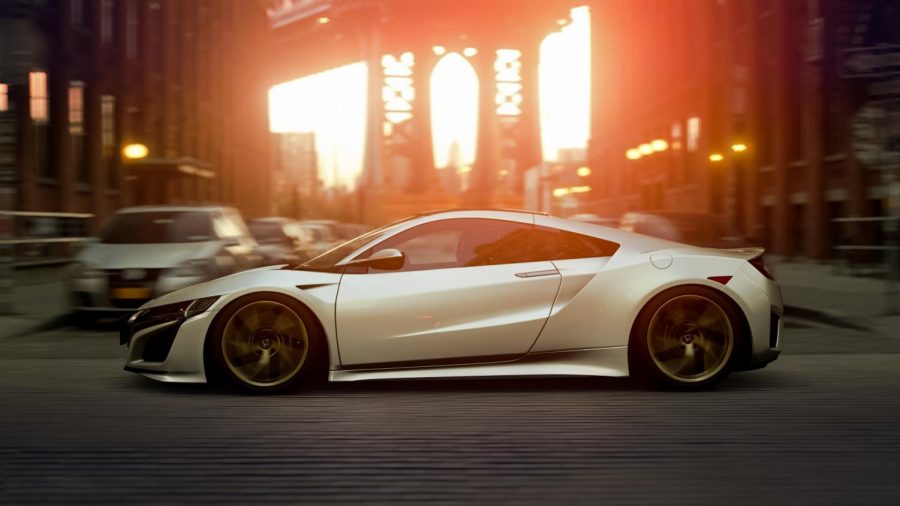Untapped Potential: The Case For The Halo Car
Honda’s NSX, a modern ‘halo car’ revived one of the most classic nameplates of all time. Replaced in 2016, the new NSX stands as a world beating, cutting edge testament to the prowess of Honda engineering to this day.
May 20, 2020
With model ranges becoming more and more ‘enthusiast-unfriendly’, can a majority of marques survive without the value of a ‘star player’?
The term ‘halo car’ is reserved for the flashiest, fastest, most raw cars an automaker creates. Ranging from tens of thousands to tens of millions, these cars are rarely attainable, yet highly sought, and that makes them essential. As autobytel.com’s Benjamin Hunting explains, “Halo cars are meant to be shining high-tech accomplishments that show off the best of what an automaker is able to accomplish.”
‘Halo cars’ are an expensive coin flip for an automaker, but they’re a risk worth taking. As industry commentator Sean Butler claims, making these cars are difficult, with “companies already [having] to make money with normal vehicles, it’s even harder to find the budget for these cars with those costs mounting,” a viable point. For even with massive budgets, after completion, these cars will be forced to compete in the sports car market, a segment that without a reliable number of consumers, potentially eliminates any potential for a return on investment.
Because of cost and performance, these cars aren’t for everyone, as analyst Matteo Williams explains. “Not everyone wants to go fast, but these cars are made to do that, so there’s a problem.. [if] the owners can’t control them, cool as they are, they’re incredibly dangerous with that kind of performance.” And this, ignorantly turns away both customers and manufacturers from their incredible potential.
Despite this, the true value of a ‘halo car’ is both in its incredible presence and rareness, not its proliferation to the masses. Evoking the ‘starstruckedness’ of the industry, these machines are designed to be as Butler claims, “an ultimate representation of what [a manufacturer] can do.
As Butler explains, “the halo car fills that gap by [fulfilling] what the manufacturer thinks the ultimate automotive attribute is, and turning that up to eleven. In doing this, the manufacturer exposes itself and its beliefs, influencing what the car means, and like lightning rod, focuses everything the consumer experiences to that.”
With these great prescences, automakers get both priceless opportunities to tell their stories and near limitless exposure, which if done successfully, offers the most lucrative and hard to come by chance for any manufacturer: a shot at immortality in the automotive community.
With its presence offering the chance at a communal legacy, the rareness of these ‘halo cars’ ensure it. With some ‘halo cars’ coming once every decade, and others, once in a lifetime, everytime one of these is released: it’s an event. Unlike normal cars, ‘halo cars’ carry more weight, and are therefore special. Being so, many car companies, such as Ford, have made their attainability as unique as the model itself.
With its new GT, Ford cut production numbers to 1000 cars, but in order to get one of those 1000 cars, potential owners had to go through a myriad of hoops, including obtaining VIP status, undergoing an interview, and forcible 2 year ownership of the car, a process thousands of which would go through only to be denied months later. Processes such as these allow manufacturers to rest easy knowing the car’s ‘meaning’ is maintained, ensuring the brand’s image remains intact, as well as help generate enough buzz to command astronomical demand and prices both now and in the future.
The everyday portion of a manufacturer’s model range, is undoubtedly, the limbs of the company. 99% of what it sells, these cars wear its badge, mould its image, and keep it afloat. The ‘halo car’, 1% of what it sells, inspires a generation, tells its story, and makes it great. A company without one then, has nothing to strive for, no sense of pride, and nothing to show for all they do, for if they withhold their best efforts from the consumer, they’ll cease to exist. Fulfilled then, a company without its crowning achievement, a ‘halo car’ will function as a body with a mind and its limbs, but no soul.





























